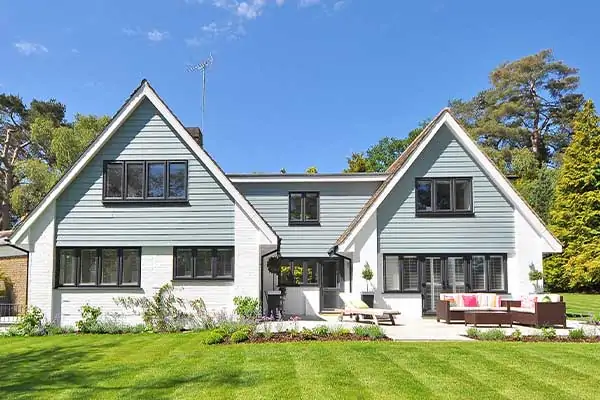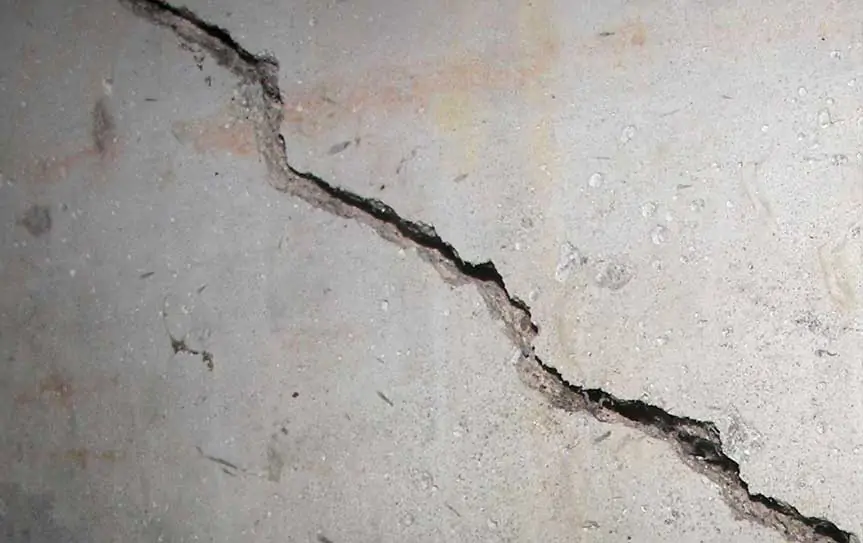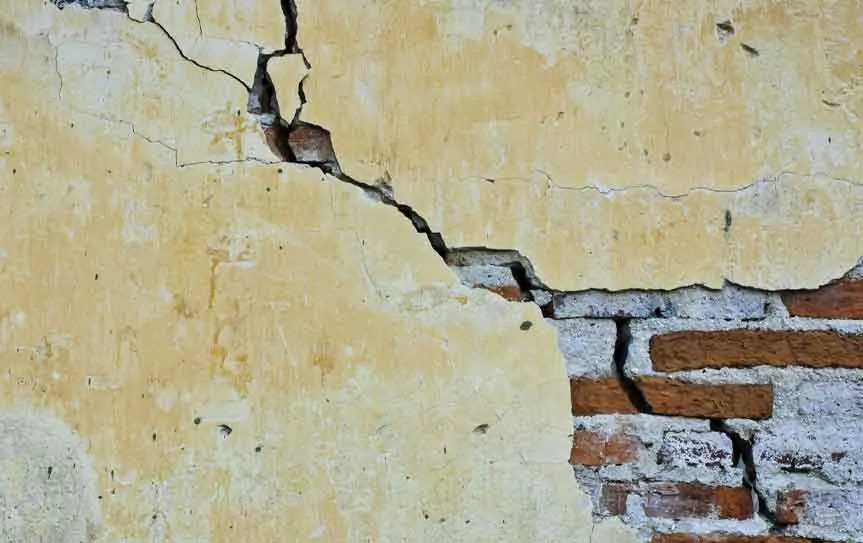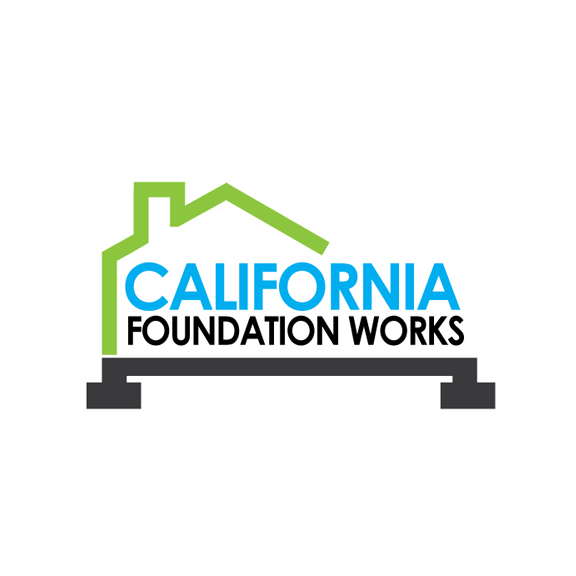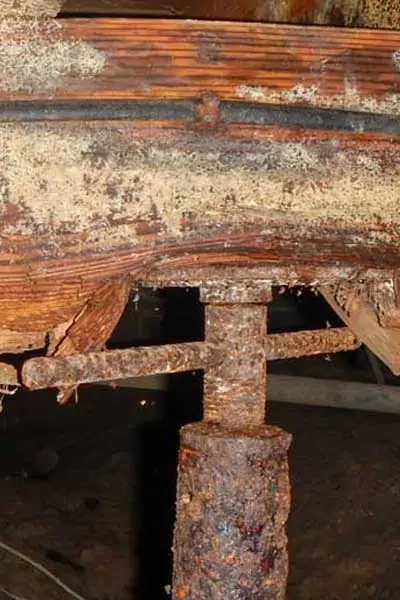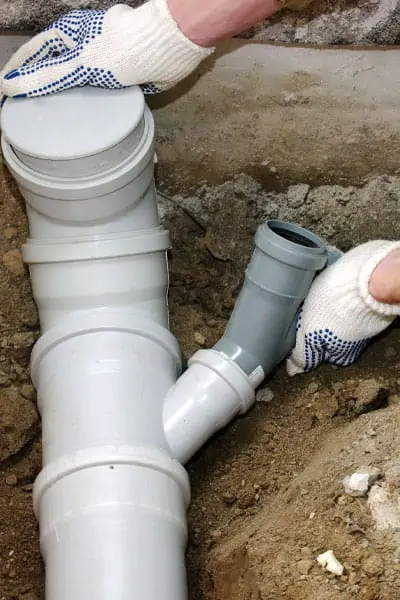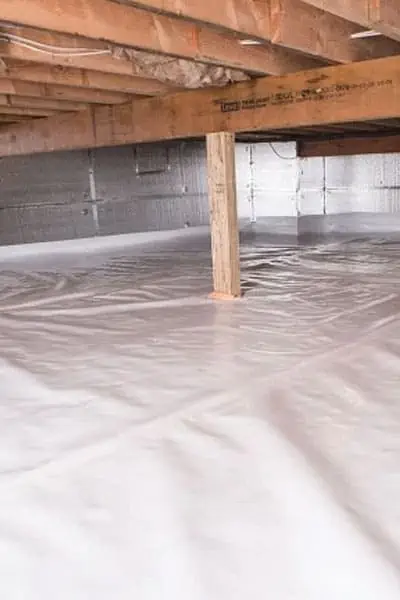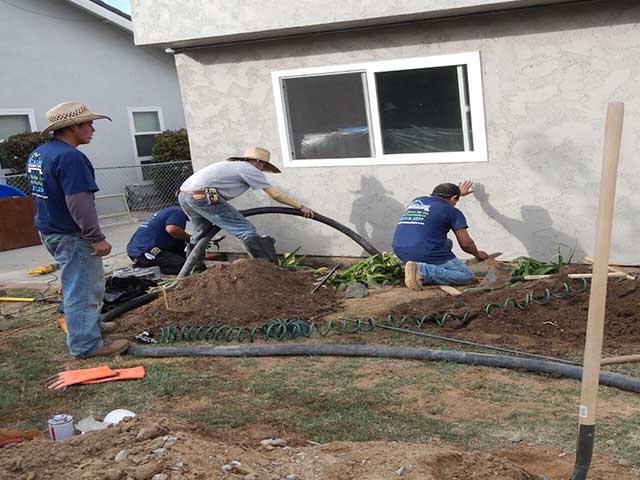The question of whether or not your historic home foundation requires repair or replacement depends on the extent of the damage. However, most cases of damage can be treated with a repair rather than requiring full foundation replacement.
Earthquake retrofitting is one foundation repair service that historic homes often need but due to the existing foundation being made of bricks, often a new sister foundation will need to be installed.
The foundation can be secured and retrofitted with bolts and braces that meet current codes to prevent the foundation from sliding during seismic activity. Another foundation restoration repair involves replacing posts and piers that are damaged, missing, or improperly installed. The new posts and piers are installed with spacing that meets current building codes. Floor leveling is another historic home foundation restoration project that some historic homes might need. The floors of the home can be lifted to correct any sagging and settlement that occurred over the years. New beams are installed to strengthen the leveling, as well as new posts and piers.
Additionally, more minor repairs can be made in historic home foundations. Crack repair work can rebind breaking structures and reinforce the building. However, it’s necessary to have a professional inspect the cracks to determine if they are surface or structural. Many older homes also benefit enormously from moisture protection services such as crawl space vapor barriers and yard drainage installation systems to prevent water intrusion and moisture damage. In some cases of foundation damage, only a partial repair is needed to secure the structure. Sometimes an adjacent sister foundation can be installed to offer added support.
In addition to the foundation, there are many aspects of historic homes that can be restored. They include woodwork, paint, windows, doors, stucco, masonry, porches, balconies, chimneys, roofs, gates, fences, landscaping, and hardscape.
Repairing any of these weathered, crumbling, damaged, or aging aspects of the home will overall raise the property value and aesthetic appeal of the building. When done correctly, repairs won’t compromise the original design of the structure.
Wood sliding is an important aspect of a cultural landmark because it comprises the character and finish of the building. Wood sliding restoration and replacement can elevate the overall appeal of the building, as can stucco, paint, and masonry depending on the original design of the building. These areas of repair will revive the original look of the structure, revealing a fresh face. Restoring the windows of a historic home is another step that, when done right, will reflect the original design and appeal of the building from the exterior.
Additionally, many historic homes have specific porch and balcony designs that reflect the style of the era. Skilled professionals will be able to restore or recreate these areas to reveal the architecture. Other areas of the exterior that can be repaired or restored to indicate the original design include the fence and landscaping. Partnering with the right restoration team is necessary because they will know which colors, shapes, designs, structures, and materials indicate the architecture of the time. The result will be a structurally secure home up to current building codes that reveals a revived vision of past architecture and character.

